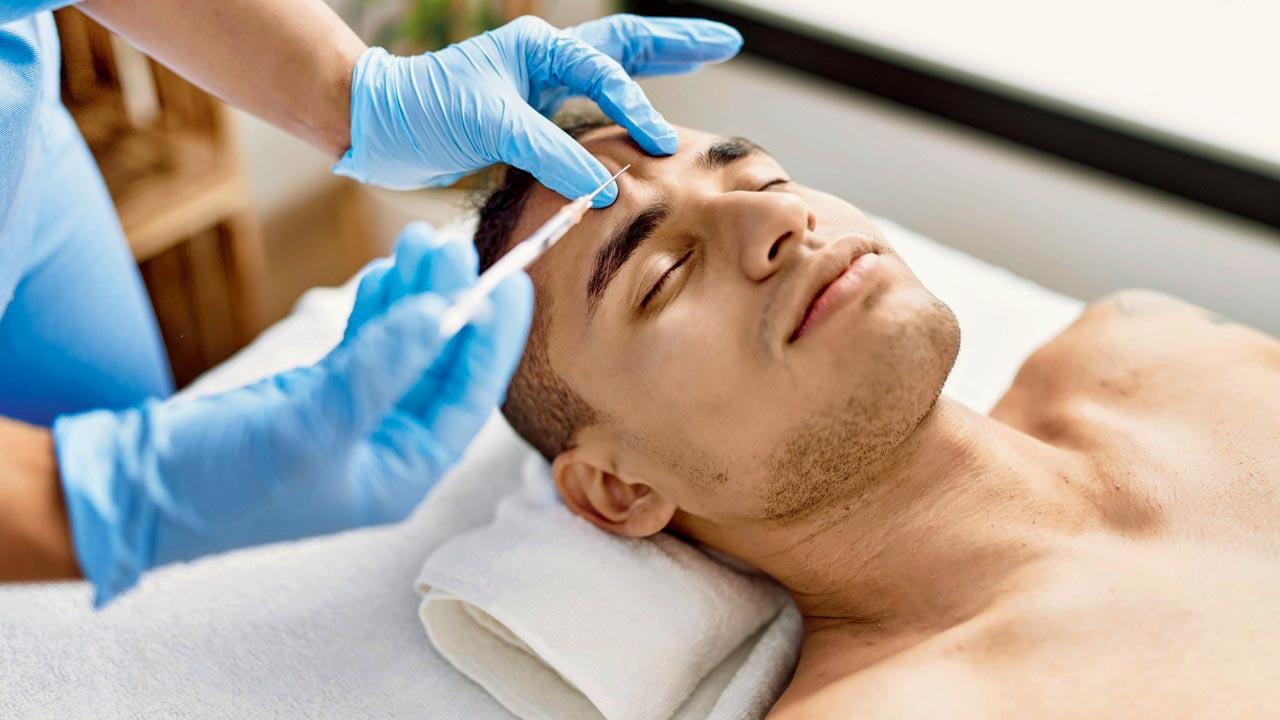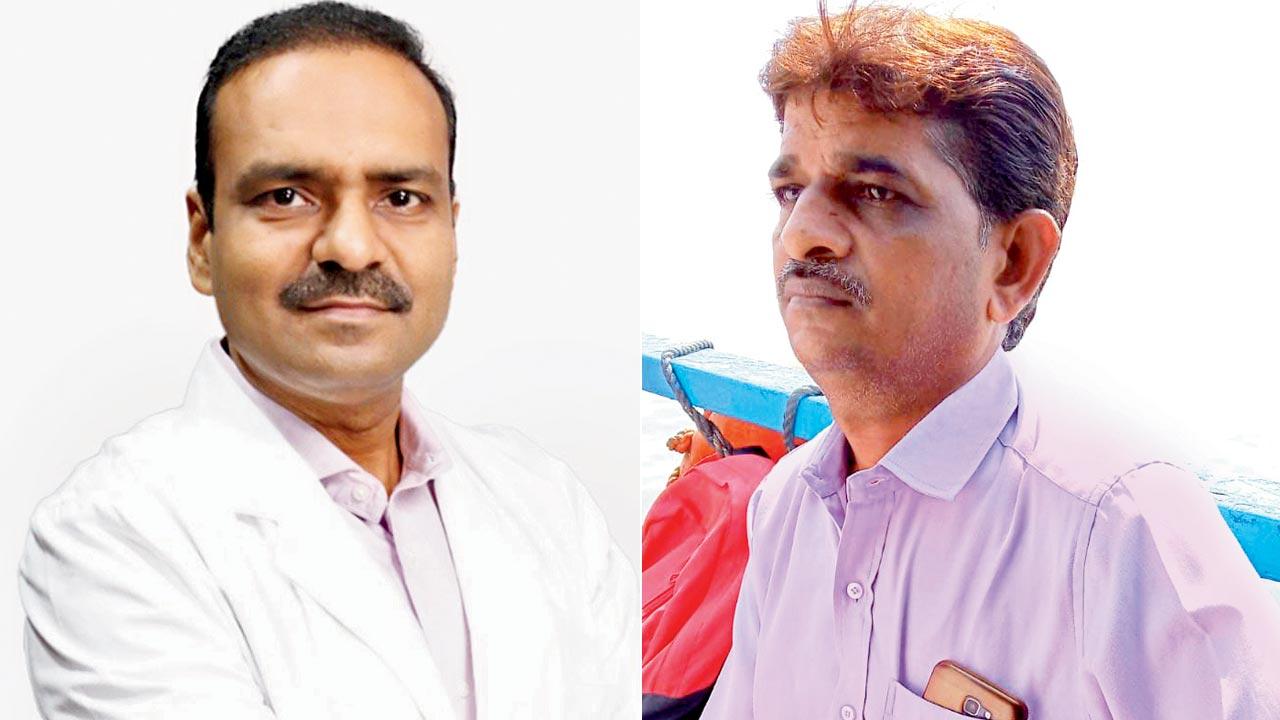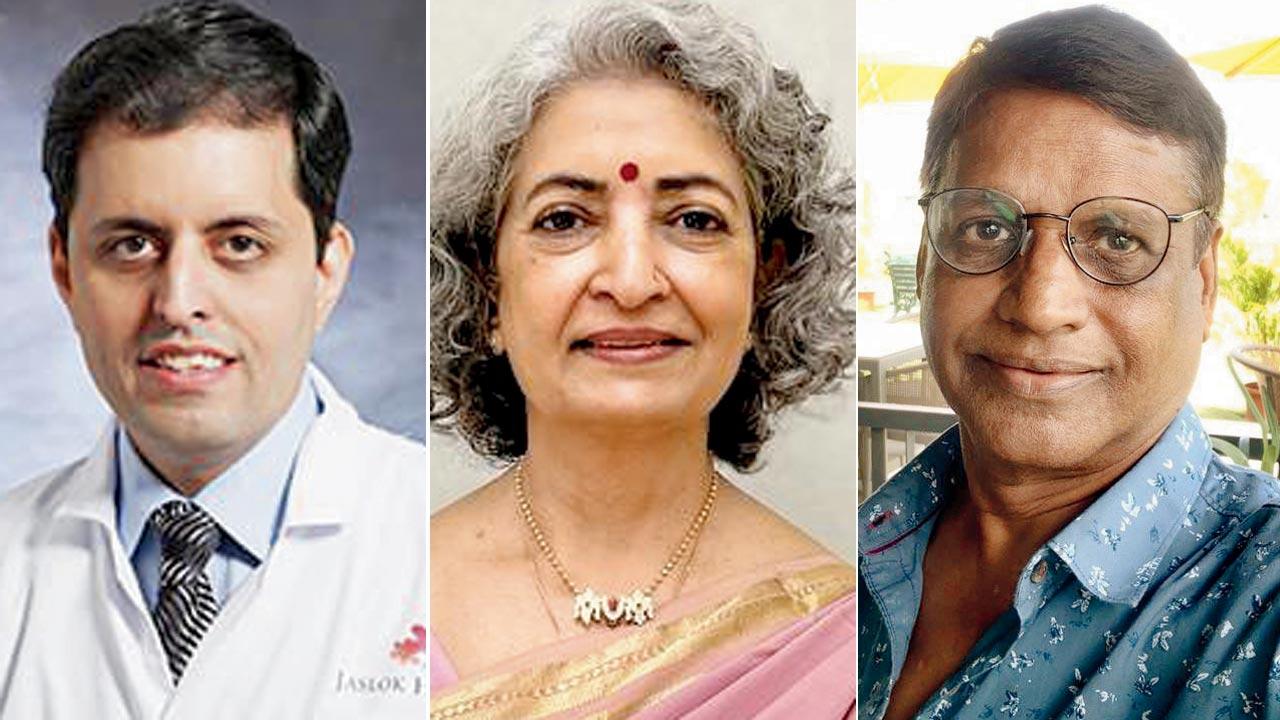Largely known for its anti-ageing benefits, Botox has long had deeper and more diverse medical applications for conditions like migraines and muscular twitching. As more Indians opt for the serum, doctors are incentivised to research further uses

While the conversation around Botox is predominantly centered around anti-aging, there are numerous conditions, from chronic pains to neurological disorders, where the serum can be used. Pic/Getty Images
Until a month ago, Anil Shelke was afraid to go to work at a job he’s had for years, where he is a valued employee. The 50-year-old Colaba resident is a sales professional at a retail business, and a large part of his responsibilities involve direct, personal conversations with customers. Shelke’s hesitation stemmed from an embarrassing reality out of his control: He could not talk to them without winking.
Shelke suffered from dystonia, a movement disorder that causes muscles to contract involuntarily. His left cheek, left eye and the left side of his mouth constantly twitched. As a result, customers thought he was winking at them, and his performance increasingly suffered. “I consulted several doctors till one of them recommended I go to the Wockhardt Hospital in Mumbai Central. When I went there, the treatment that they proposed was a Botox injection. I was confused; until then, I only knew it to be something that rich people do to make their wrinkles go away,” Shelke tells mid-day.
Today, a month after taking his first Botox injection, his facial twitches have reduced by 80 per cent, he says. “I will need to take the injections periodically, but this is the only thing that has helped me. There have been no side effects and I am not longer afraid while at work,” he adds.
 Dr Pawan Ojha, Director, Neurology, Fortis Hiranandani Hospital; (right) Anil Shelke
Dr Pawan Ojha, Director, Neurology, Fortis Hiranandani Hospital; (right) Anil Shelke
Like Shelke previously did, countless Indians still look at Botox as a ‘Dorian Gray’ serum—a chemical injected in the face to erase wrinkles and de-age the appearance of the patient. Most conversations around the serum are about celebrities or trends like ‘brotox’—as more men feel comfortable opting for the treatment.
Unknown to many, the serum is working miracles in other medical disciplines, too. “Botox or botulinum toxin is a purified neurotoxin complex protein produced from the bacterium Clostridium Botulinum. It is injected into a muscle and works at the nerves to block the signal to the muscle. Once the muscle stops getting the signal that keeps it continuously on the move, the patient experiences much relaxation,” says neurologist Dr Pettarusp Wadia, who heads the Clinical Fellowship programme in Movement Disorders at Jaslok Hospital.
Through this programme, Dr Wadia regularly treats disorders like dystonia, spasticity (abnormal muscle tightness due to prolonged contraction) and excessive drooling (reducing salivary gland secretions). Other medical professionals mid-day spoke to elucidate Botox’s use in other conditions.
 Dr Pettarusp Wadia, Dr Lakshmi Vas and Jayaraman Vellore
Dr Pettarusp Wadia, Dr Lakshmi Vas and Jayaraman Vellore
Dr Pawan Ojha says the serum works in matters of the bladder and eyes. “Botox is used to prevent migraines; involuntary closure of eyelids, which makes it difficult for patients to see; squints; trigeminal neuralgia (excessive pain on one side of the body); overactive bladder (especially in people who have neurological conditions like multiple sclerosis or stroke); excessive sweating; and cervical dystonia, where the person is unable to keep their head straight because the neck doesn’t remain straight,” says Dr Ojha, who is the Director of Neurology at Vashi’s Fortis Hiranandani Hospital.
Jayaraman Vellore, 72, was a senior executive in a multinational company in 2010 when he started noticing that his eyes were closing involuntarily.
“I consulted numerous eye doctors, till one of them told me it was a neurological issue. I then started consulting neurologists and the diagnosis was occular mysina gravis, a condition which affects the muscles that move the eyes and eyelids,” he recalls.
For the next two years, Vellore was given steroids which led to a spike in his blood sugar. He had to take insulin, his weight went from 74 kg to 86 kg, his gait slowed and all of it had a psychological toll. Finally, he visited the Mayo clinic in the US, where he was diagnosed with blepharospasm, an abnormal contraction of the eyelid muscles. He tried botox in Pune first and then at Jaslok, where he has been continuing his treatment since 2014.
“I am now enjoying my post-retirement life to the fullest,” he tells us. “I travel a lot, play golf and am learning to cook and swim.”
Similarly, a woman who lives in central Mumbai and has a job that requires her to be out on the streets for several hours every day, found herself nearly incapacitated for five years due to severe migraines. A year ago, she saw an ad in a clinic about Botox for migraines. “Despite working in the pharma industry, I was quite surprised. But my work also enabled me to ask around and verify the claim. I found that many were benefiting from it. Today, I take an injection every four months and my migraines are as good as gone,” she says.
Interestingly, Botox was actually developed as an injectable substance that would weaken the muscles around the eye before surgery, and its first use, too, was for occular surgery. Its first registered use was in 1989, when American opthalmologist Alan B Scott obtained approval from the US Food and Drug Administration to treat strabismus or crossed eyes and blepharospasm, the very condition that affected Vellore.
Despite this, the current and widely prevalent perception of Botox, which is restricted to its cosmetic uses, has much to do with the fact that no effort has been made to change it, Dr Lakshmi Vas tells us. The Mumbai-based founder of the Ashirwad Institute for Pain Management and Research has been working doggedly for the last 20 years to bust this myth. “Ages ago,” she says, “a bunch of European doctors told the world that Botox can make wrinkles go away and the serum was branded forever. But very few have actually, in medical terms, thought about its potential for the treatment of chronic pain.”
The difference is simple, she adds, as she breaks down the underlying science for us. In anti-aging, Botox blocks certain nerve signals that cause the muscles to contract, thus making wrinkles in the area go away. In pain management, Botox does the same job, but for chronically contracted muscles.
Over her long career, Dr Vas has seen diverse cases of chronic pain, all of which have been cured by injecting small and diluted doses of the serum into contracted muscles. “I have a patient from the US, a young girl who was suffering from Writer’s Cramp in her wrist—a form of dystonia that leads to pain and reduced movement. Today, she can play the piano, something she loves doing. One of my relatives from Canada also comes down regularly for injections that help manage her migraines,” says Dr Vas.
Doctors say that the only side effects one needs to be aware of are flu-like symptoms after the injection. Research also cautions about a possible allergic reaction, although such cases are extremely rare.
Thanks to the effort of medical practitioners, and an increasing demand from patients, new research is also being conducted on the subject. Last year, a team of four doctors, including Dr Wadia, obtained the medical records of 35 patients from Yemen, who were suffering from Oromandibular Dystonia (OMD), a condition that causes abnormal movements of the jaw. It was brought on by chewing Khat, an indigenous plant native to the Middle East. The chewing of Khat leaves is very common in the region.
The patients were subsequently brought to Jaslok, where their histories were analysed and the abnormal jaw movements video-recorded for deeper study. Ultimately, 22 of them opted for the Botox injections. Despite a setback in the follow-ups—which were impacted due to visa restrictions and political turmoil in Yemen—the research team was still able to confirm that seven out of 13 patients had experienced great relief, while four of them reported partial relief from the condition. “Recognition of this treatable entity (in OMD) could have widespread ramifications in preventing long term disability in countries where this habit is common,” the team concluded in its report.
“Botox has a lot of scope and use in these patients as its effect is much more robust, and it lasts for at least a few months once the injections are taken. Considering this, it is essential to raise awareness. The Botox injection should not be viewed as a Dorian Gray serum, but rather as a therapeutic modality that helps many patients,” says Dr Ojha.
As more patients seek Botox as treatment, the scope for research, too, is increasing. “One of my recent patients complained of severe penile pain. He could not walk to the bathroom when he first came to see me. After several Botox injections, he is not only able to walk, he runs six km everyday and is now training to appear as a candidate for the police,” she says.
When she actively sought details of cases where men were suffering from penile pain, Dr Vas found several. “Thanks to this patient coming to consult me, we now have a new and potentially serious disorder to look into,. That’s all it takes—that crucial first step,” says Dr Vas.
 Subscribe today by clicking the link and stay updated with the latest news!" Click here!
Subscribe today by clicking the link and stay updated with the latest news!" Click here!










